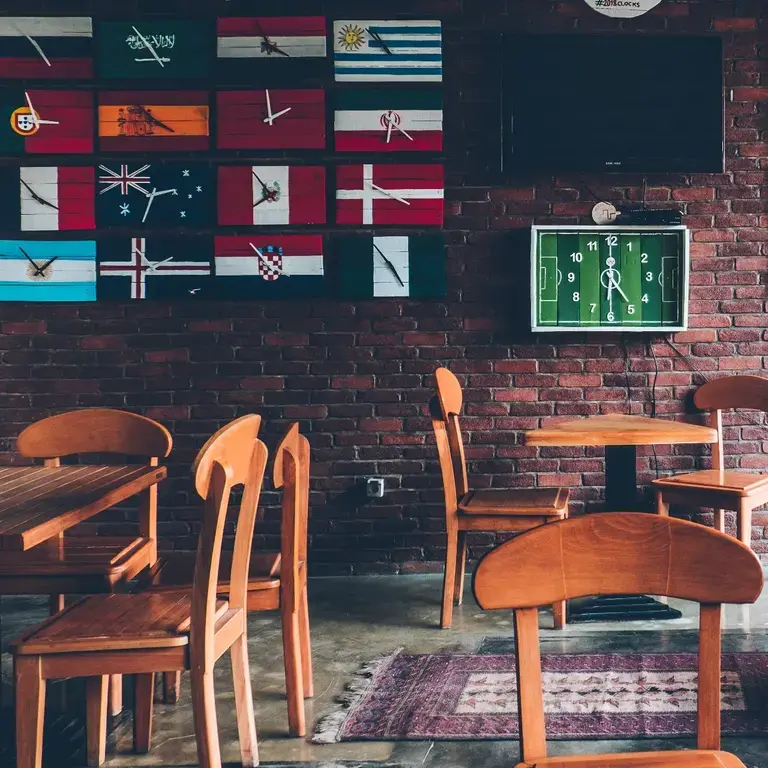The Michelin Guide remains the gold standard for chefs, and despite criticism for the guide’s French-favouring bias, it is still the accolade that chefs all over the world aspire to win. Michelin stars can change a restaurant’s fortunes and secure its future, making sure that there will be a sustained interest on the part of the public.
How do Michelin inspectors award stars?
The methods of Michelin Guide inspectors are notoriously opaque, and the finer details about how stars are awarded are not freely available. What we do know is that Michelin inspectors assess a restaurant for coveted stars based on five criteria: quality of the ingredients used, mastery of flavour and cooking techniques, the personality of the chef in their cuisine, value for money and consistency between visits. Inspectors apparently do not look at the interior decor, table setting or service quality when awarding stars. The methodology has attracted plenty of criticism over the years because of the lack of transparency in the adjudication process.
How many Michelin-starred restaurants are there?
According to the Michelin Guide website, there are over 3,000 Michelin-starred restaurants in close to 40 different countries and the list is growing. A Michelin Guide is considered a driver for gastro tourism in a country, and therefore many governments are interested in attracting the guide to their country with a series of financial incentives.
Is Bib Gourmand a Michelin star?
The Bib Gourmand is not a Michelin star but rather a consolation prize for a restaurant that has high standards of food and service, but is not quite at the level to deserve the desirable star rating. While not as prestigious as the Michelin star, the Bib Gourmand recognises friendly establishments that serve good food at moderate prices.
What do the Michelin star ratings mean?
One Michelin star is the basic rating, and so one-star restaurants are the most numerous in the guide. When a restaurant is awarded one star, it stands for: "A very good restaurant in its category". When a restaurant is awarded a second star, it is a big step up, and the Michelin Guide website explains the difference by stating that two Michelin stars mean a restaurant has: "Excellent cooking and is worth a detour". The third and highest rating a restaurant can attain within the Michelin Guide is that of three Michelin stars, where the establishment is considered to have: "Exceptional cuisine, worth a special journey".
What Countries are included in the Michelin Guide?
Countries included in the current Michelin Guide series are:
- Abu Dhabi
- Austria
- Belgium
- Brazil (Rio de Janeiro and Sao Paolo)
- Canada (Toronto, Vancouver)
- China Mainland (Beijing, Shanghai, Guangzhou)
- Croatia
- Czech Republic
- Denmark
- Dubai
- Estonia
- Finland
- France
- Germany
- Greece (Athens)
- Hong Kong
- Hungary
- Iceland
- Italy
- Japan (Kyoto & Osaka, Nara, Tokyo)
- Luxembourg
- Macau
- Malta
- Netherlands
- Norway
- Poland
- Portugal
- Republic of Ireland
- Russia (Moscow)
- Serbia
- Singapore
- Slovenia
- South Korea
- Spain
- Sweden
- Switzerland
- Taiwan (Taipei, Taichung, Tainan & Kaohsiung)
- Thailand
- Turkey (Istanbul)
- UK
- United States (California, Chicago, Florida, New York, Washington, D.C.)









